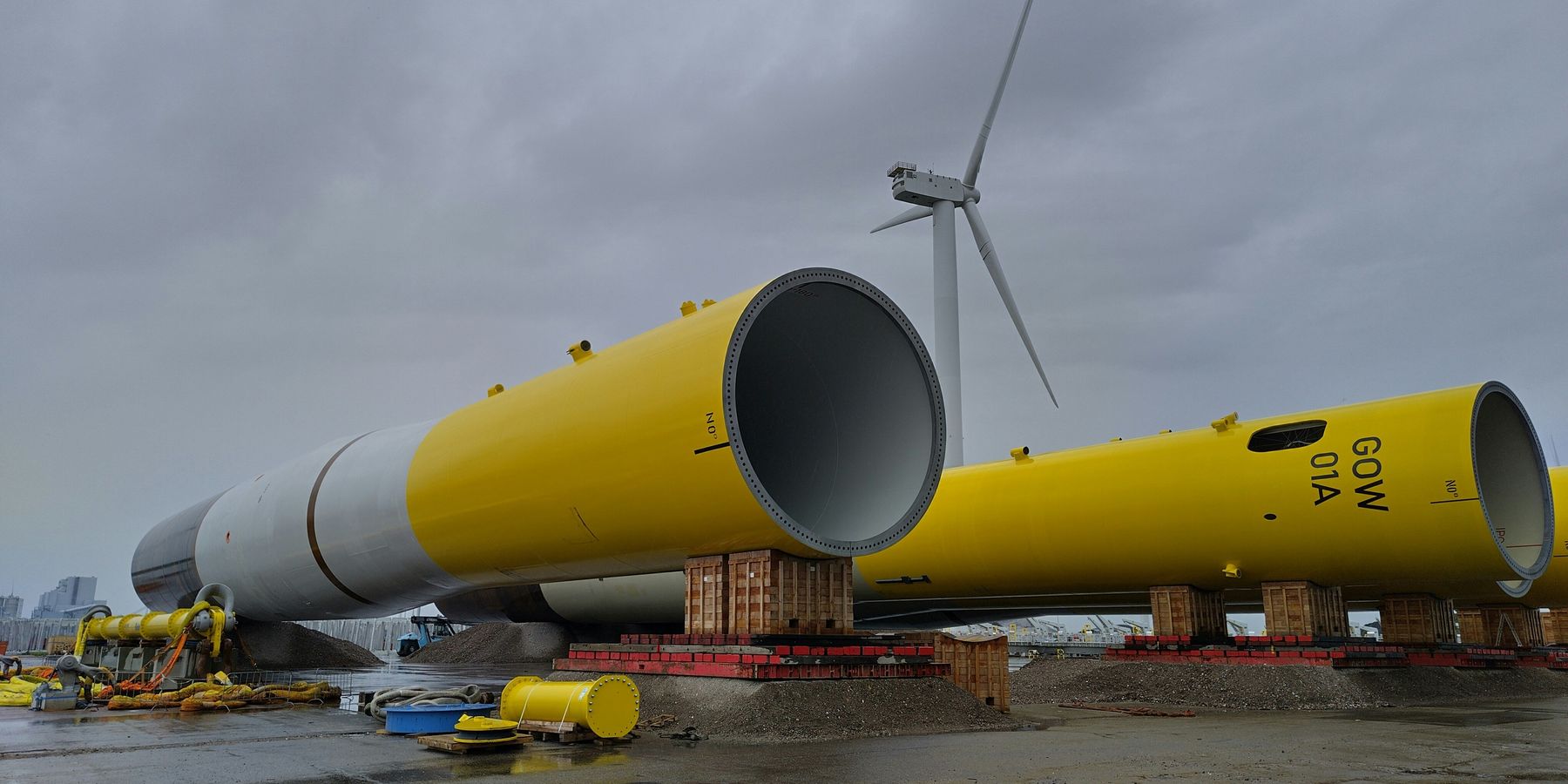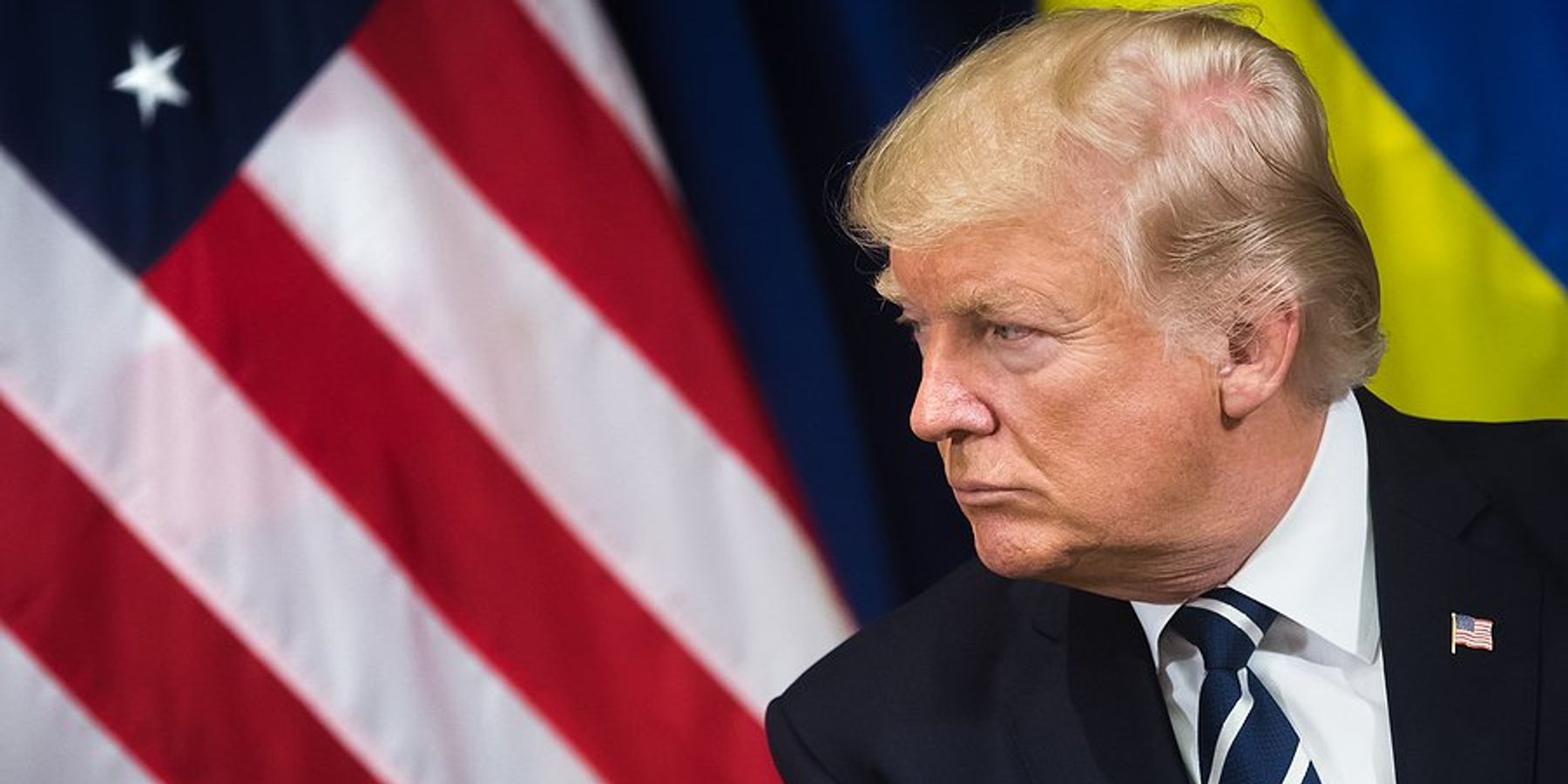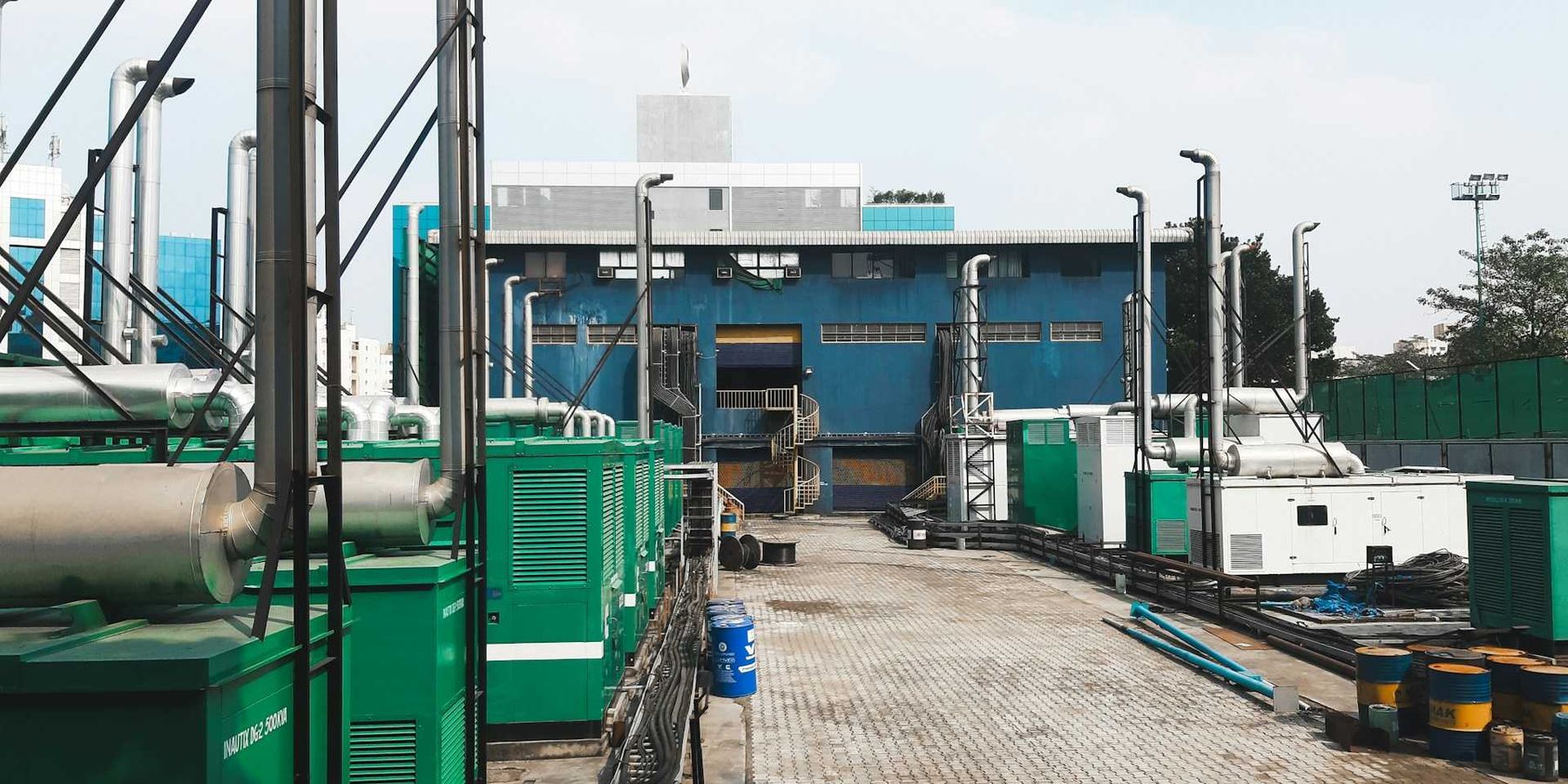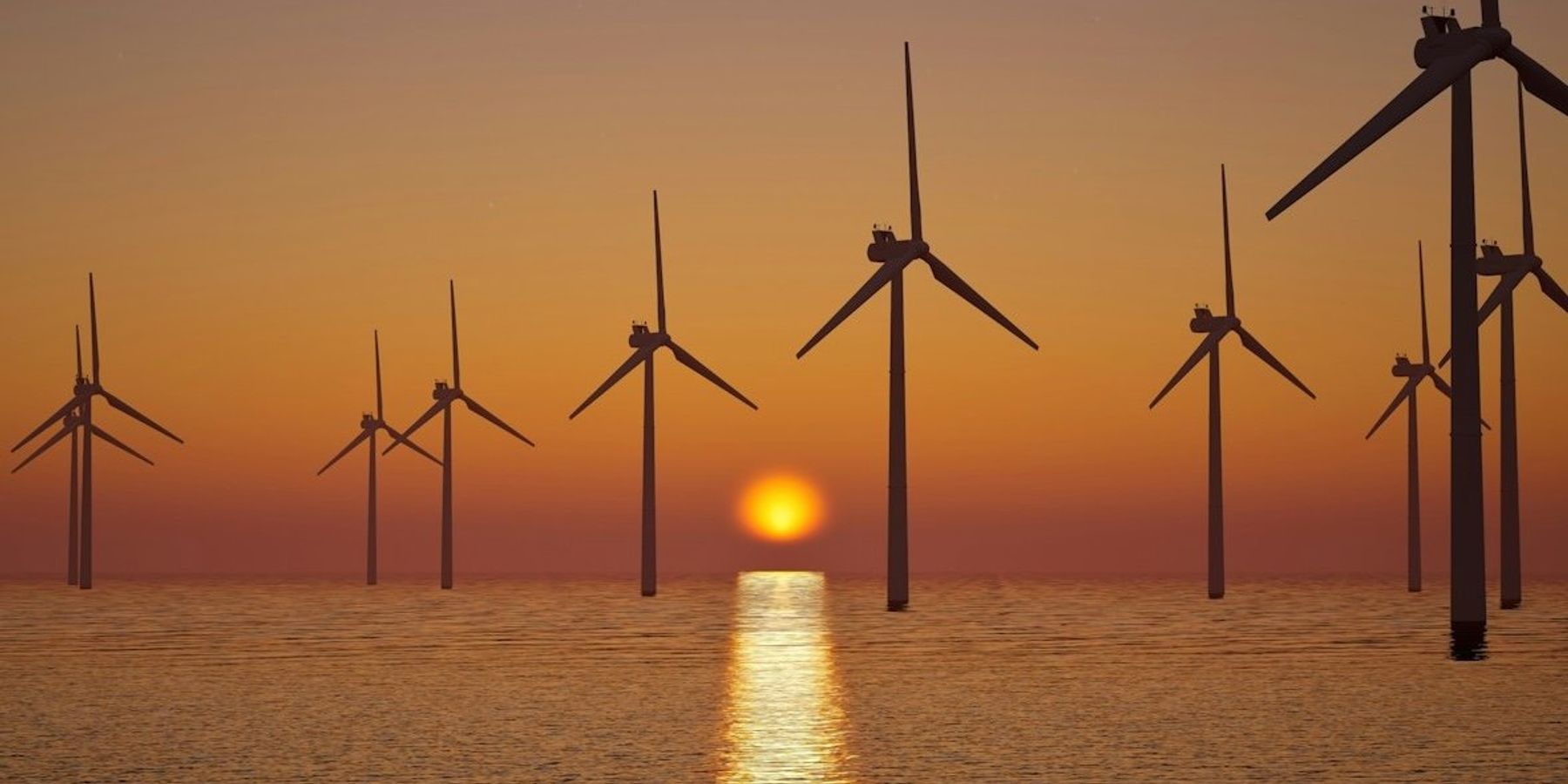Jimmy Carter’s White House solar panels found new life far beyond D.C.
In 1979, Jimmy Carter installed solar panels on the White House to promote energy independence, but after their removal by the Reagan administration, the panels ended up powering a Maine college and were later scattered across the U.S. and China as historical artifacts.
Austyn Gaffney reports for The New York Times.
In short:
- Carter's solar panels, installed during the 1970s oil crisis, were meant to showcase renewable energy’s potential.
- Unity College in Maine acquired the panels in 1991 and used them to heat water until 2010, highlighting the school’s environmental mission.
- Some panels became museum exhibits, including at the Smithsonian and a solar museum in China, while others remain with Unity College.
Key quote:
“A generation from now, this solar heater can either be a curiosity, a museum piece, an example of a road not taken or it can be just a small part of one of the greatest and most exciting adventures ever undertaken by the American people.”
— Jimmy Carter in 1979
Why this matters:
Carter’s early embrace of renewable energy foreshadowed today’s clean energy movement. His symbolic gesture underscored the urgency of energy independence and the enduring potential of solar technology, even when political winds shifted.
Read more: Peter Dykstra: The greatest retired US government hero













